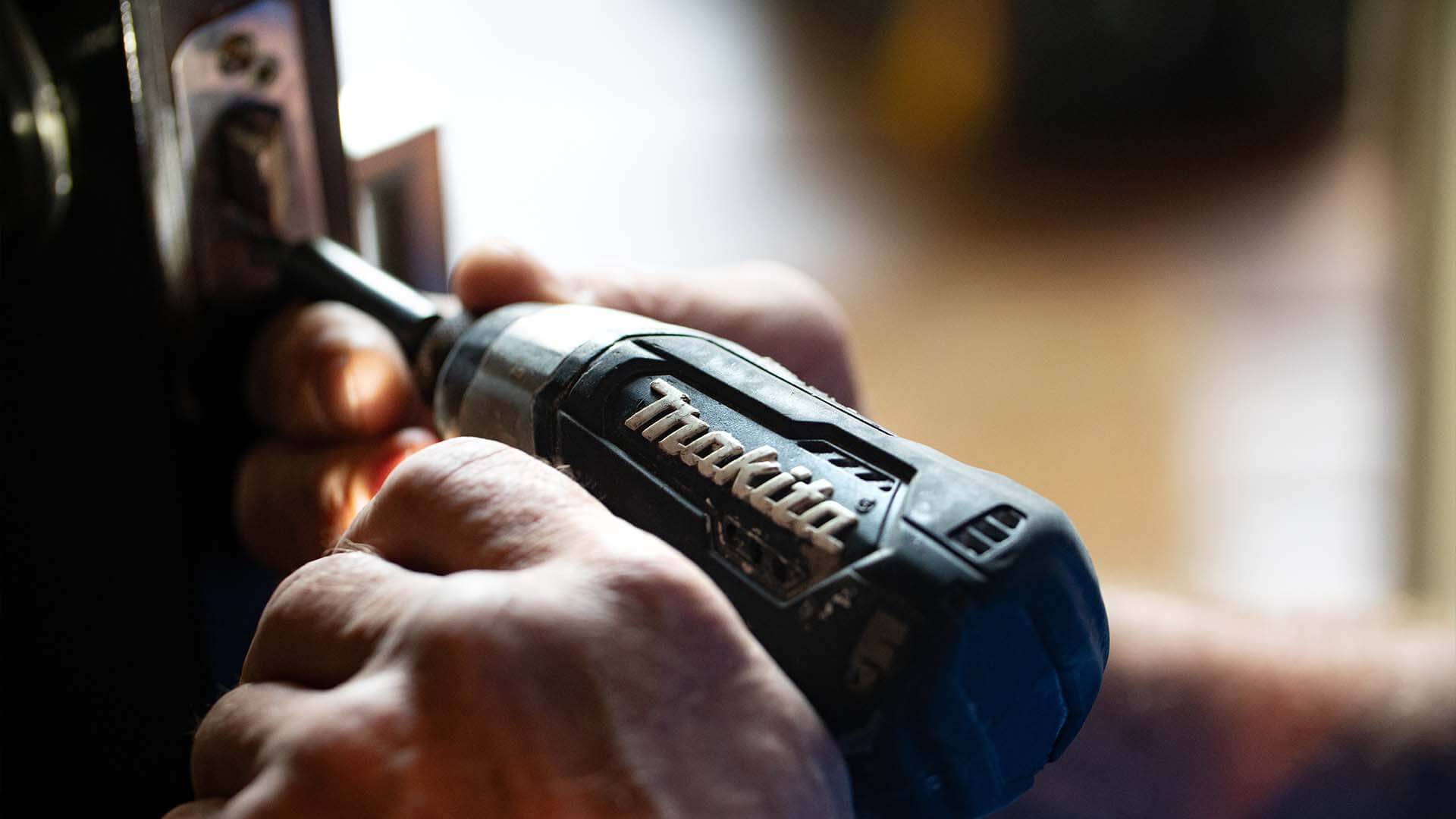Question
Rick S. asks, “I have seen you post comments that refer to “rolling” positions the week of expiration. What exactly is that?
Answer
As option expiration approaches a trader has to decide what to do with front month positions. Even a long put option that will expire worthless provides some protection to the stock owner right up to “the bell”. That protection will have to be renewed to retain the risk profile. Given the accelerated time premium decay that occurs in the last week of expiration, most traders decide to sell the put while it still has some value. They apply the proceeds and defray the cost of buy one that has more time. This is called a “roll”. In this instance it could look like a calendar spread where the trader sells the front month and buys the back month (same strike price) for a net debit.
Let’s look at a speculative situation. Let’s say that I liked stock ABC and it was at $63. I own the June 60 calls the week of expiration and I still want to maintain the position. If I don’t want to buy the stock, I have to roll the options. I will sell the June 60 calls and buy the July 60 calls for a net debit of say $1.00. The “rolls” can be “down and out”, “up and out”, calendars… there are countless possibilities but in the end, they all maintain the desired risk profile that would be changed by expiring options. Traders that are short ITM options will roll to avoid assignment. The future month option has premium and the risk of assignment is reduced.
When I talk about “rolls” in the commentary I’m referring to institutional positions that can fuel a directional move. Let’s look at this expiration. Proprietary trading firms are always looking for risk less positions that yield a better than risk free rate of return (90-Day t-Bill). They have computer programs and floor traders on the CME/CBOE… They feed on tiny price disparities and they are always buying bids/selling offers. They leg and hedge continuously. The net affect of the activity is a stock position and an option position or a stock position and a futures position. This week the huge open interest in ITM OEX and SPX puts indicated that under the right conditions there might be additional selling pressure – here’s why.
The institutions may be long the OEX basket of stocks and long in-the-money (ITM) puts. It is a perfectly hedged position. If they are, they probably legged in at good prices and the trade simply needs to be “rolled” or unwound. As expiration approaches the options trade at parity (cash value). If the market is choppy and random, they will sell the puts and the stock at the same time. If they can roll the position at favorable prices they will do that, selling the June’s and buying the July’s. However, if the market gets into a predictable pattern the institutions will leg out of the position. They look for a day when the market has steady action in one direction. In this case, Monday and Tuesday were perfect and offered a steady drift lower. As the market declined in the afternoon, they sold their baskets of stock and drove the cash value of the index down. By the end of the day, they had sold their stock at higher levels and they exercised their ITM puts for cash. The cash value of the index was much lower and the cash they got for the puts was much greater. They effectively “goosed” the profits of a risk free trade.
It is important to watch the ITM open interest during expiration week. Often it might give you an indication of market bias. bear in mind the conditions that need to exist. I’m not against program trading. In fact, I’m all for it. It keeps the prices in line. Those that are against it weren’t complaining in March and April when it propelled the market to multi-year highs.
If you’ve have any examples of positions you’ve had to roll, please share.









